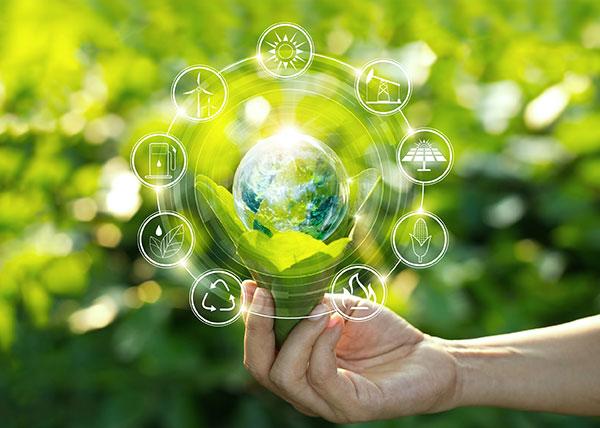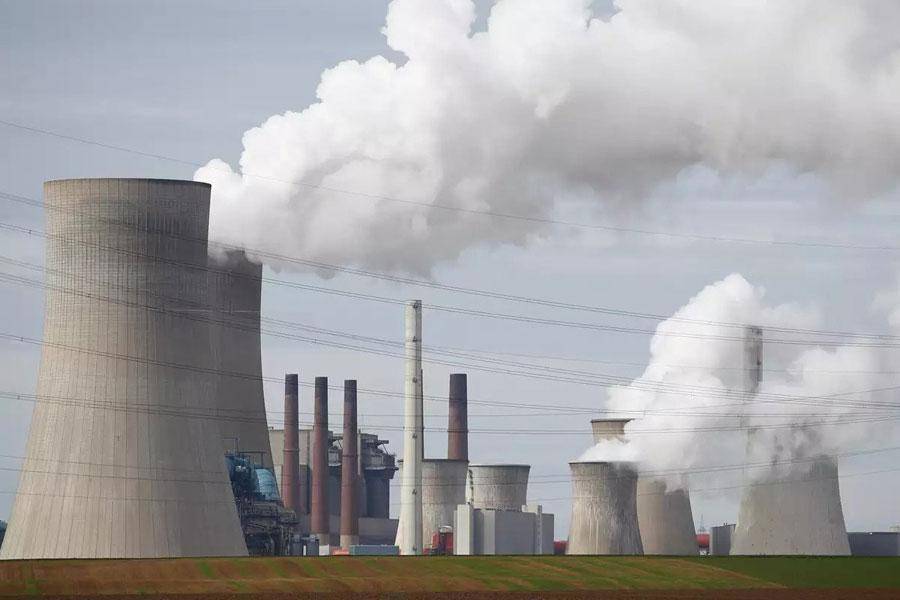Kenya is one of the fastest growing economies in the sub-Saharan region. The country aims to electrify 100% of its population and provide competitively priced, dependable, safe, and sustainable energy by 2030. Presently, with a population of 55.65 million, Kenya provides electricity access to more than 76.54% residents (93.3%, 65% rural). The African Development Bank projects Kenya’s GDP to grow 5.6% in 2023 and 6.0% in 2024, driven by services and household consumption. The present government is proactively creating a conducive environment for the power sector and formulating favorable policies to support growth
Kenya a renewable energy leader:
Kenya sources up to 91% of its energy from renewables: 47% geothermal, 30% hydro, 12% wind and 2% solar. Fossil fuels contributed 7% to the energy mix. The country hopes to transition fully to renewables by 2030. Additionally, Kenya has prioritized low-carbon resilient investments to reduce its already low greenhouse gas emissions to 32% by 2030.
Kenya has established policies and a regulatory environment to spearhead green investments. The USAID backed Power Africa initiative has enhanced access to clean, reliable, and affordable electricity in Kenya. Combined with private sector participation, the initiative has helped more than one million Kenyans access electricity through new mini grid installations and solar home systems.
As per the vision 2030 document, the Kenyan government aims to transform Kenya into an industrialized, middle-income country providing better quality life to its citizens. The slew of projects announced will enable the government to focus on the rural electrification program / electricity access program.


Kenya’s power demand is on an upward trajectory. This corresponds to an increase in power generation, transmission, and distribution capacity. The latest data indicates a total generation capacity of 3300MW, with 35 MW from geothermal and 200MW from the Kenya-Ethiopia line.
As of December 31, 2022, the total energy production was 985 MW, with hydro at 867.23 MW, solar at 266.31 MW, wind at 437 MW, biomass at 92 MW, and thermal at 703.2 MW. However, as of September 2023, Kenya’s primary electricity sources were geothermal and hydro energy. The country is attracting increasing investments in geothermal and renewable energy sectors, including solar and wind. The government aims to achieve a total of 100 GW by 2040. Estimates indicate that the nation will need to invest about US$300 billion to meet its objectives.
WhatsApp us